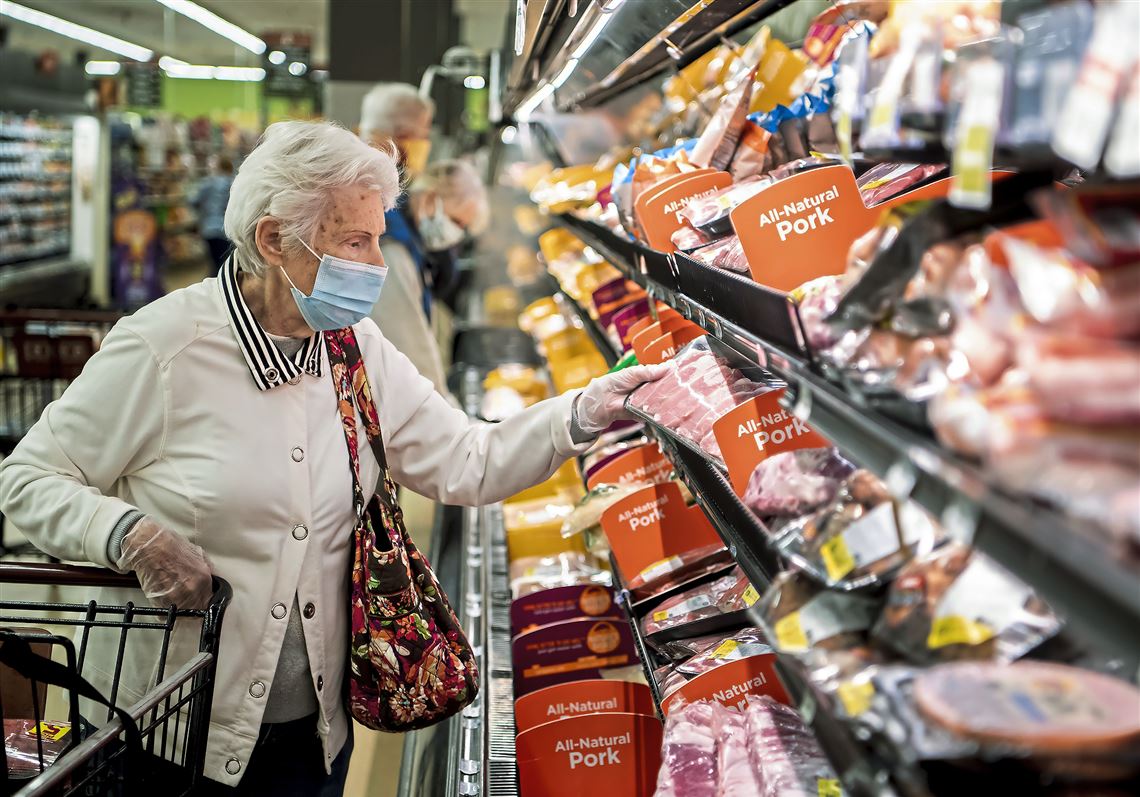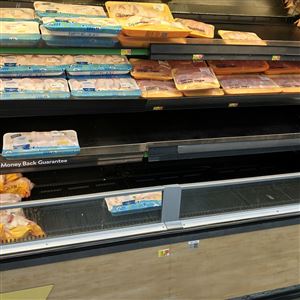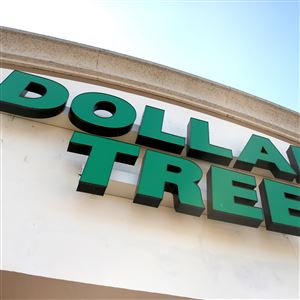If you’ve ever thought about becoming a vegetarian, now might be the perfect time.
Food prices at the grocery store have shot up across the board during the pandemic as demand has surged, and labor shortages and other disruptions have added costs at nearly every stage of the food supply chain.
Prices for meats and fish have led the way so far this year, with pork prices rising the most at an average of 5.4%. Fresh vegetables rose the least of any category, up an average of 0.5%, according to the U.S. Department of Agriculture.
For all of 2021, food-at-home prices are expected to jump between 2.5% and 3.5%, according to the USDA. That’s on top of a 3.5% increase last year, which was the biggest bounce since 2011. (Prices actually fell in 2016 and 2017).
On the demand side, “We went from an eating culture to a cooking culture at home,” said Heather Garlich, spokeswoman for The Food Industry Association, based in Arlington, Va. “Demand doubled overnight. Demand has not abated.”
Average household spending at the grocery store shot up to $161 a week at the height of the pandemic lockdowns last year, and it is now holding steady at $143, according to the food association. In 2019, before the pandemic struck, average weekly spending was $113.50.
The increase in spending is a reflection of both more eating at home and higher prices.
Prices for meats, poultry and fish are projected to climb between 4% and 5% this year, with pork prices up between 6% and 7% and beef and veal up 5% to 6% as producers contend with higher feed costs, increased demand and an unreliable supply chain. (Wholesale prices for meat and poultry are expected to jump even more, in the range of 16% to 20%).
In 2020, the biggest grocery price increases were for beef and veal, up 9.6%; pork, up 6.3%, and poultry, up 5.6%, the USDA said.
As of August, more Americans (50%) were concerned about rising food prices than items being out of stock (36%), Ms. Garlich said.
“The biggest supply chain challenges are largely due to a lack of human capital, particularly for transporting goods — both short and long-haul truck drivers,” she said. “We have also observed jams at the port because of an ongoing container shortage.”
Price increases are being served up at restaurants, too. Food-away-from-home costs are predicted to rise between 3.5% and 4.5% this year, according to the USDA.
Officials for the Pittsburgh region’s biggest grocers — Giant Eagle and Shop‘n Save — say they have seen their wholesale costs go up across a wide range of products this year.
“Root causes that we are hearing from manufacturers include labor shortages, productivity challenges, transportation barriers and scarcity of key raw materials,” said Bill Lipsky, vice president, merchandising, for Shop’n Save in Pittsburgh.
Both supermarket chains said they were doing all they could to limit increases for customers.
In general, it’s harder to raise prices for “luxuries,” such as an expensive cut of steak, than for so-called necessities, said Abbey Omodunbi, senior economist at PNC Financial Services Group in Pittsburgh.
“It’s easier to pass along higher costs for milk, bread, eggs, fruits and vegetables because people are going to buy those regardless,” he said.
For some consumers, it’s hard to believe that nearly 19 months into the COVID-19 pandemic that supply chain issues haven’t been resolved.
Mr. Omodunbi said the problem is that distribution networks are snarled worldwide.
“Many raw materials and ingredients are imported into this country,” he said. “In other parts of the world — in India and Brazil and many emerging economies — vaccination rates are very low. The longer it takes for vaccination campaigns to get to a solid point, the longer supply chain disruptions” will go on.
“What we are seeing is extended delivery times for food from various parts of the world, which is adding to the costs.”
When might shoppers see some relief?
The USDA is forecasting grocery price increases will slow in 2022 to 1.5%-2.5%, closer to the 20-year average of 2%. Price increases at restaurants also are expected to ease to 3%-4%.
“We expect increases to moderate as supply chain disruptions improve and as producers are able to increase supply to match demand,” Mr. Omodunbi said.
“[That’s] as long as there are no additional [pandemic] restrictions, and the delta variant doesn’t get out of control.”
Patricia Sabatini: PSabatini@post-gazette.com; 412-263-3066.
First Published: October 4, 2021, 10:00 a.m.
Updated: October 4, 2021, 2:11 p.m.





















